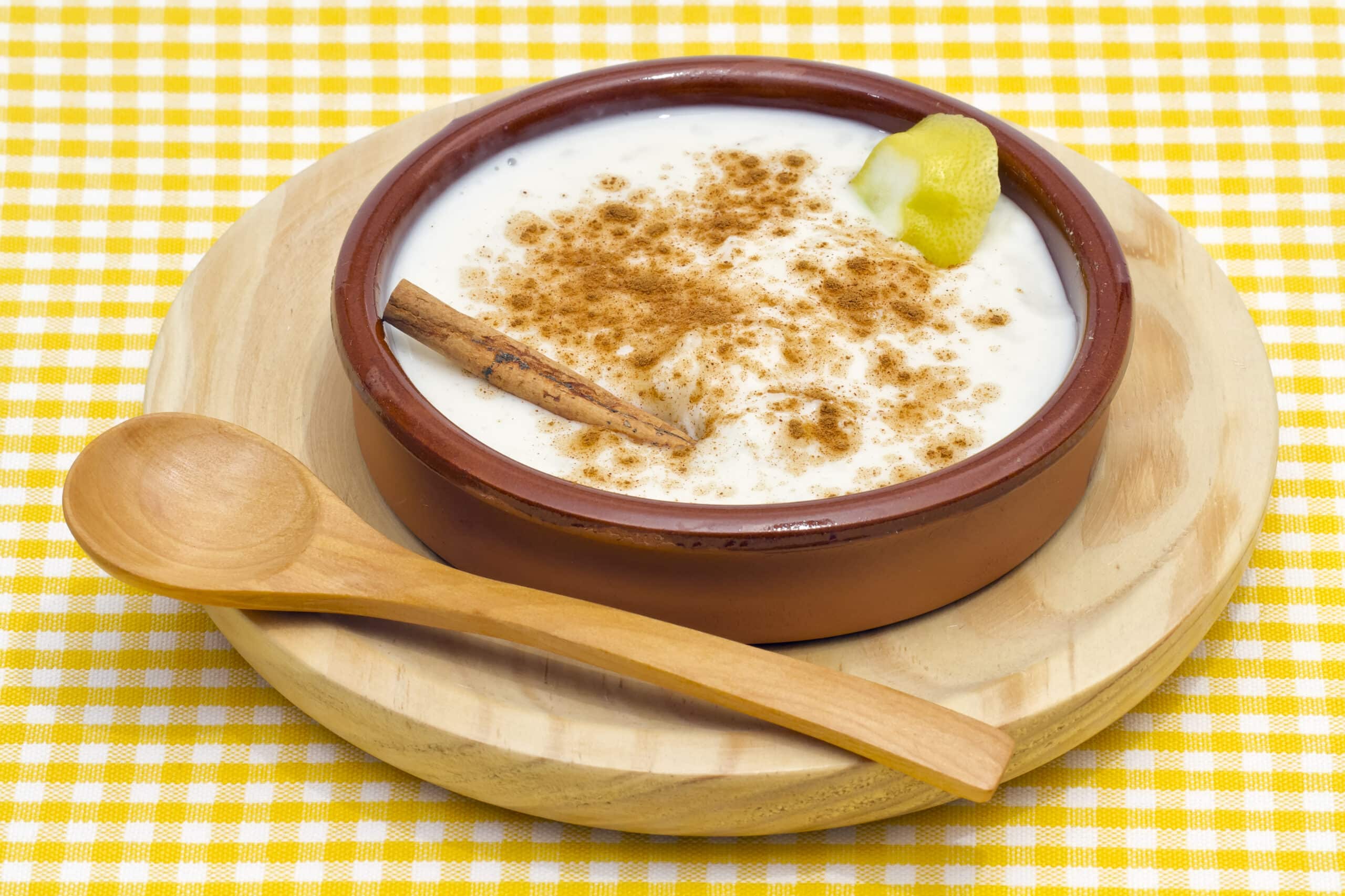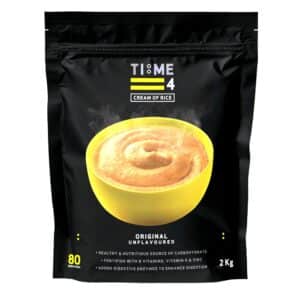What is Cream of Rice?
What is Cream of Rice?
What is Cream of Rice?
(Click on the Reference Numbers in Blue for More Info)
It is often said that breakfast is the most important meal of the day. This is with good reason, particularly if you exercise. The term ‘breakfast’ literally means to break the period of fasting of the previous night. Although we may not consciously be aware of it, even when we are asleep our body is busy growing, repairing and recovering from the exertions of the day before in preparation for the challenges of the day ahead. Yet typically, we will not have ingested any nutrients for 8 hours or more.
Consuming the right type and amount of carbohydrate is particularly important first thing in the morning. This is because carbohydrate is the predominate energy source for both endurance performance and high intensity intermittent activities such as high intensity interval training (30-90seconds maximal effort) and many resistance-based workouts (6–20 repetition maximum loads).
The various carbohydrates we eat in our diet, such as rice, bread, pasta and sweets, are ultimately converted to a simple sugar known as glucose. This is the body’s preferred energy source, which is transported by the blood to the various tissues of the body for immediate use. When it is not needed immediately, glucose is taken up by the muscles and liver, where it is stored as a complex sugar molecule known as glycogen. This can then be broken down to supply energy when needed, such as during exercise.
Our stores of liver and muscle glycogen stores are limited to less than 2,000 kcal of energy. While muscle glycogen levels will not deplete significantly over night, the brain’s demand for glucose as fuel will drain liver glycogen stores.
Consequently, although limited, the body’s glycogen stores are extremely important. For example, performing just six sets of 12 repetitions of the leg extension exercise has been shown to reduce glycogen stores in the quadriceps muscles of thigh by 39% (1). As glycogen levels decline, our ability to maintain exercise intensity and work output decrease while rates of tissue breakdown increase (1).
Although some people are concerned that carbohydrates may cause weight gain, the science and experience tell us that the consumption of the right type of carbohydrate at the right time is essential for high intensity exercise performance, recovery and optimal muscle growth and strength (1).
What is Cream of Rice?
Breakfast options can seem a bit limited, particularly for those engaged in demanding exercise. Some traditional breakfast foods can be nutritious but rather bland. While on the other hand, many of the more appetising options tend to be very high in sugar, making them an unhealthy choice.
This is where Time 4 Cream of Rice can be a valuable addition to your diet. Here at Time 4 Nutrition, we pride ourselves on employing the findings of the latest cutting-edge research to produce the most effective, innovative, evidence-based products.
In this article, we are going to review a selection of that research and explain how there’s a lot more to Time 4 Cream of Rice than the name suggests.
Time 4 Cream of Rice – What is Cream of Rice?
Time 4 Cream of Rice is a combination of specially selected ingredients designed to provide you with an energising, tasty, nutritious breakfast and more. These include white rice flour, acacia gum, amylase, niacin, zinc citrate, vitamin B6, vitamin B12, and vitamin D3.
As we look at each of these ingredients in-depth, you’ll begin to see why Time 4 Cream of Rice is such a great product and how it may benefit you.
What is Cream of Rice? – What is white rice flour?
As the name suggests, white rice flour is a form of flour made from finely milled white rice. White rice is milled rice that has had its husk, bran, and germ removed. This alters the nutritional content, flavour, texture and appearance of the rice and helps prevent spoilage, extend its storage life, and makes it easier to digest.
How will white rice flour benefit me?
White rice is a good source of energy providing carbohydrate that is commonly used by athletes and bodybuilders. This is because the goal of the athlete and serious lifters is to consume adequate amounts of macronutrients to fuel intense, arduous training and replenish severely depleted glycogen stores. White rice can play a major part in this process and is considered excellent nutrition because its high glycaemic value provides a quick source of energy to fuel training and the recovery of glycogen stores.
White rice ranks high on the glycaemic index. This is a score given to how foods affect blood sugar and insulin levels. In their position stand on nutrient timing, the International Society of Sports Nutrition (1) state that if rapid restoration of glycogen is required then aggressive carbohydrate refeeding with a preference towards carbohydrate sources that have a high (> 70) glycaemic index is recommended.
White rice sometimes gets a bad reputation because it is processed and does not contain the same amount of micronutrients as its brown counterpart; however, in the case of athletes, this may be when food processing is beneficial to your health.
White rice isn’t associated with the negative drawbacks of brown rice, which include potential gastrointestinal (GI) issues, allergies, and the blocking of micronutrient absorption.
Brown rice and other whole grains contain a substance known as phytic acid (phytate). This is an anti-nutrient, which means it binds to essential minerals such as iron, zinc, calcium, and magnesium, inhibiting their absorption by the body.
Phytic acid is located in the bran of the grain, which gets removed in the milling process used to change brown rice to white rice. So, while brown rice is higher in minerals, its phytic acid content cancels out many of the benefits provided by these nutrients.
Furthermore, phytic acid inhibits the enzyme amylase, which results in a decrease in carbohydrate digestibility. Due to this, many people experience bloating, constipation, stomach pain, and other GI symptoms after eating whole grains.
A study by Miyoshi (6) compared the effects of white and brown rice on the digestibility and balance of nutrients. The results of the study showed that that brown rice reduced protein digestibility.
Additionally, brown rice contains up to 80% more arsenic than its white counterpart; this toxic substance accumulates in the brain and ends up in your bloodstream after ingestion.
White rice is considered a safe form of carbohydrate to consume prior to exercise. It is easily digested and has been shown to meet sports nutrition recommendations.
What is Cream of Rice? – What is Acacia gum?
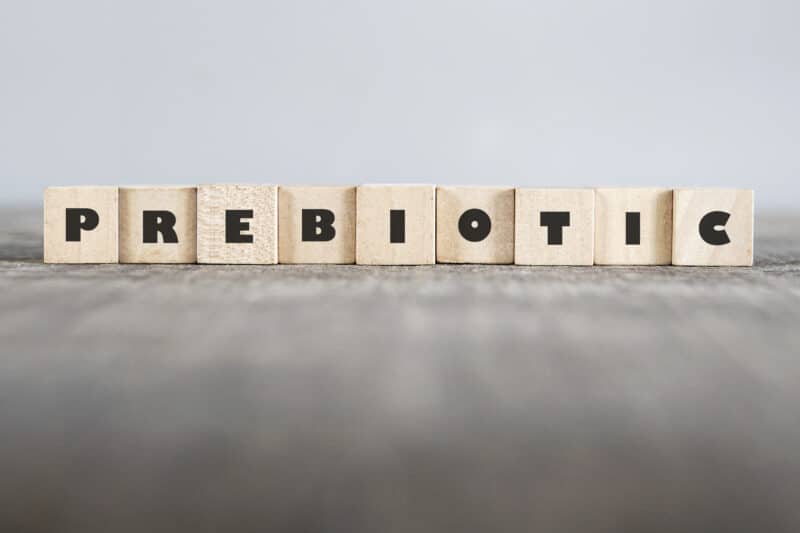
Acacia gum, also known as Arabic gum, is a gum made from the sap of the acacia tree, which grows mainly in Africa and India. Acacia has long been used in medicines, as a food ingredient and for other everyday applications by civilizations as ancient as the Egyptians and the aboriginal tribes of Australia.
How will acacia gum benefit me?
Numerous health benefits have been associated with acacia gum, ranging from enhancing wound healing and promoting good oral health to aiding weight loss.
Acacia gum is a good source of dietary fibre. Fibre, also known as non-starch polysaccharides, is a substance found in the walls of vegetables, fruits, pulses and cereal grains that cannot be digested but helps other food and waste products to move through the gut to help maintain digestive health. Fibre can also help to make us feel full, which means that we’re less likely to overeat and gain weight. Fibre not only contributes to healthy gut function but can also provide a range of other health benefits.
Otles and Ozgoz (2) reviewed the health benefits of dietary fibre and noted that it helps to regulate functions of the large intestine (bowel) and has important physiological effects on glucose, fat metabolism, the availability of minerals and the function of the immune system The authors also highlighted the protective effect that dietary fibre has against certain gastrointestinal diseases, constipation, haemorrhoids, colon cancer, gastroesophageal reflux disease, duodenal ulcer, diverticulitis, obesity, diabetes, stroke, hypertension and cardiovascular diseases.
Acacia’s role as a prebiotic
Many of the health benefits of acacia fibre come from its status as a prebiotic, a type of fibre that’s particularly beneficial for the good bacteria in the gut. Prebiotics can be thought of as a type of ‘food’ for your good bacteria, helping them to thrive. These good bacteria are not only associated with digestive health but many other aspects of the human body from boosting the immune system to good mental health.
Consequently, acacia fibre acts as “fuel” for these friendly bacteria and significantly increases their number present in the gut.
A study by Chundakkattumalayil et al., (3) assessed the effects of probiotic (Lactobacillus plantarum MBTU-HK1), prebiotic (acacia gum) (either singly or in combination as a symbiotic) in mice. The symbiotic group was found to possess lowered cholesterol levels and enhanced protein and mineral content. The probiotic and symbiotic groups showed enhanced aspects of immune function and antioxidant capability. Bacterial procarcinogenic faecal enzyme activities were found to be decreased, proving their role in the prevention of colon cancer incidence. The authors suggest that these results demonstrate the potency and safety of oral administration of L. plantarum MBTU-HK1 and acacia gum either individually or in combination.
Acacia as a weight loss aid
Babiker and colleagues (4) investigated the effects of gum Arabic (GA) (acacia gum) ingestion on body mass index and body fat percentage in healthy adult females. A total of 120 healthy females completed the study. They were divided into two groups: A test group of 60 volunteers receiving GA (30 gm /day) for 6 weeks and a placebo group of 60 volunteers receiving pectin (1 gm/day) for the same period of time. Weight and height were measured and percentage of body fat calculated before and after intervention. The results showed that the study group achieved a significant reduction in BMI by 0.32 and body fat percentage by 2.18% following regular intake of 30 gm /day gum arabic for six weeks. The authors concluded that GA ingestion causes significant reduction in BMI and body fat percentage among healthy adult females, and suggest that the effect could be exploited in the treatment of obesity.
What is Cream of Rice? – What is Amylase?

Amylase is a digestive enzyme. These are special proteins produced by the body to digest food. The digestion of each nutrient requires a different type of enzyme. The role of amylase is essentially to break down carbohydrates into glucose. More specifically, it breaks down complex carbohydrates (polysaccharides) into smaller disaccharide units (two glucose molecules), eventually converting them into the monosaccharide (one glucose units) glucose, which can then be used by the body for energy production. Amylase can also be taken as a supplement to aid the breakdown of carbohydrate.
A number of factors can affect how well the body produces, stores, and releases enzymes and how efficiently the enzymes function. These include our overall state of health, certain medications and the acidity of our digestive system.
How will Amylase benefit me?
Amylase can provide a number of benefits. These include improved digestion and increased energy. For example, a study by Aderibigbe and colleagues (5) investigated the carbohydrate and energy digestibility of chickens that were fed diets supplemented with amylase. The results of the study showed that amylase supplementation was effective in improving growth performance and carbohydrate and energy digestibility.
What is Cream of Rice? – What is Niacin (Niacinamide)?
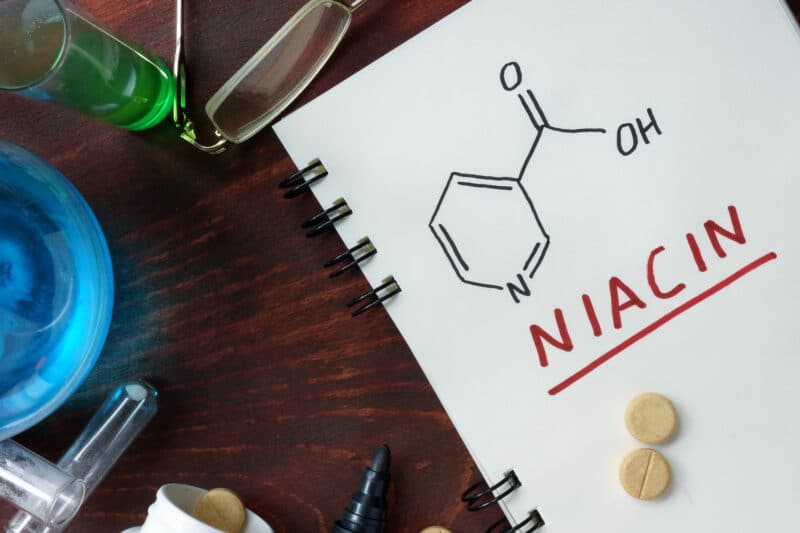
Niacinamide is a form of vitamin B₃, a water-soluble vitamin, found in food and used as a dietary supplement and medication. As it’s water-soluble, our body can’t store this vitamin, which is why we need to consume it each day. Niacin is found in many foods, especially meat, nuts, eggs, dairy products and yeast. Many refined grain products, including cereals and other foods, are fortified with niacin. The body can also make vitamin niacin from tryptophan, an amino acid present in most protein foods.
How will Niacin benefit me?
Niacin is required for the release of energy from food. It plays a vital role in the synthesis of the coenzymes nicotinamide adenine dinucleotide (NAD) and nicotinamide adenine dinucleotide phosphate (NADP), which are involved in over 400 biochemical reactions in body, mainly relating to the conversion of the food we eat into usable energy and particularly the production of energy from carbohydrate. Consequently, our niacin requirement is related to the amount of energy consumed, i.e., the more we eat, the more niacin we need.
Niacin is also needed for the healthy function of the skin and nervous system, and contributes to normal psychological function and the reduction of tiredness and fatigue. Furthermore, it plays a role in cellular maintenance and communication, making and repairing DNA, the production of fatty acids which can be used to fuel exercise, and acts as an antioxidant. Niacin’s role in boosting energy levels makes it a popular ingredient in many pre-workout supplements.
What is Cream of Rice? – What is Zinc citrate?
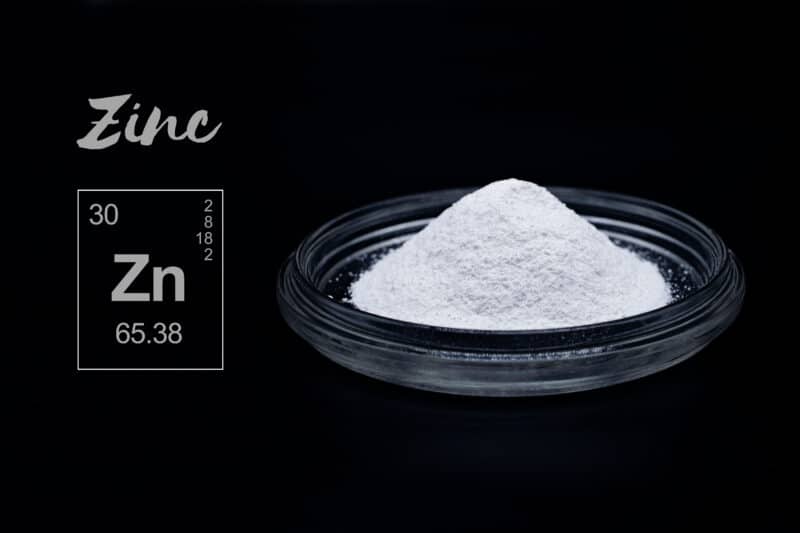
Zinc is a mineral that plays an important role in cell growth and division, energy production, immune function, DNA and protein synthesis, cognition, fertility and reproduction, the maintenance of normal testosterone levels, bones, hair, nails and vision, and vitamin A metabolism. It also contributes to growth and tissue repair, and the protection of cells from oxidative stress. Good sources of zinc include meat, shellfish, beans, seeds, and dairy products. Zinc citrate is a type of zinc supplement that is quickly absorbed by the human body.
How will Zinc benefit me?
While zinc’s role in the function of immune system has received considerable attention, less well acknowledged is its important role in insulin action and carbohydrate metabolism. Zinc is involved in the synthesis, storage and release of insulin. It is this hormone that is responsible for promoting the absorption of glucose from the blood into the liver and skeletal muscle, where it can be used immediately for energy production or stored for when needed. Specifically, zinc appears to activate key molecules that are involved in cell signalling, which maintain glucose balance. Zinc also regulates insulin receptors, prolongs the action of insulin, and promotes healthy blood lipid profiles.
In addition, insulin has a powerful anabolic effect, as it stimulates protein synthesis by facilitating the uptake of muscle building amino acids into musclecells. Therefore, appropriate levels of zinc are important for both health and performance. Yet despite this, zinc deficiency is known to affect 1/3rd of the world’s population and is associated with many diseases, including malabsorption syndrome, chronic liver disease, chronic kidney disease and diabetes.
The importance of zinc in the maintenance of healthy blood glucose levels is demonstrated by a study by Ranasinghe and colleagues (7), which evaluated the effects of zinc supplementation on glycaemic control and disease progression in prediabetes. 200 subjects were randomly assigned to a treatment or control group. The treatment group received zinc (20 mg daily). The primary outcome was the change in glycaemic control from baseline. In both groups, mean serum zinc concentrations prior to the trial were below normal.
The results showed that zinc supplementation reduced blood glucose and insulin resistance while improving β-cell function of the pancreas, which produce insulin. Furthermore, supplementation reduced disease progression to diabetes and had beneficial effects on blood fats. During the 12 month follow-up, a significantly higher percentage of participants developed type 2 diabetes in the control compared with zinc-treated group.
Zinc status also has implications for our ability to train and compete. A review by McClung (8) noted that numerous reports document diminished physical performance in individuals with poor zinc status.
What is Cream of Rice? – What is Vitamin B6 (Pyridoxine Hydrochloride)?
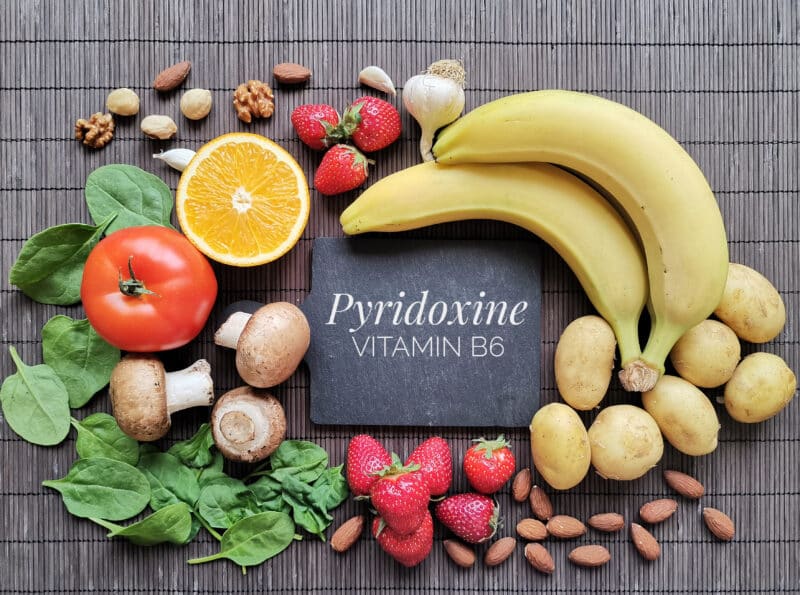
Vitamin B6 is one of eight water soluble B vitamins. It cannot be produced by the body, so it must be obtained from foods or supplements. These include milk, eggs, salmon, tuna, beef, spinach, bananas and carrots. B6 plays an important role in energy production, the function of the immune system, the metabolism of protein, fat and carbohydrate, regulation of hormonal activity, function of the nervous system, formation of red blood cells and the metabolism and transport of iron. It also contributes to normal psychological function, the reduction of tiredness and fatigue, and normal homocysteine levels.
How will Vitamin B6 benefit me?
As exercise stresses the energy production pathways that depend on vitamin B6, evidence suggests that the requirements for this vitamin may be increased in athletes and active individuals.
Manore (9) states that in theory exercise could increase the need for vitamin B6 in several ways. These include through decreased absorption of the nutrient; by increased turnover, metabolism, or loss of the nutrient; through biochemical adaptation as a result of training that increases nutrient needs; by an increase in mitochondrial enzymes that require the nutrient; or through an increased need for the nutrient for tissue maintenance and repair. The author notes that biochemical evidence of deficiencies in some of these vitamins in active individuals has been reported.
These findings are supported by a study by Rokitzki et al., (10) which assessed vitamin B6 status in strength and speed-power athletes. The results showed that the absolute vitamin B6 intake in > 30% of the athletes was below the recommended intake and, in relation to the protein intake, > 60% of the athletes had values below the recommended intake, and more than 90% of the athletes did not attain the reference value for untrained individuals in vitamin B6 whole blood concentration.
Manore (9) suggests that exercise appears to decrease nutrient status even further in active individuals with pre-existing marginal vitamin intakes or marginal body stores. Thus, active individuals who restrict their energy intake or make poor dietary choices are at greatest risk for poor vitamin B-6 status.
What is Cream of Rice? – What is Vitamin B12 (Cyanocobalamin)?
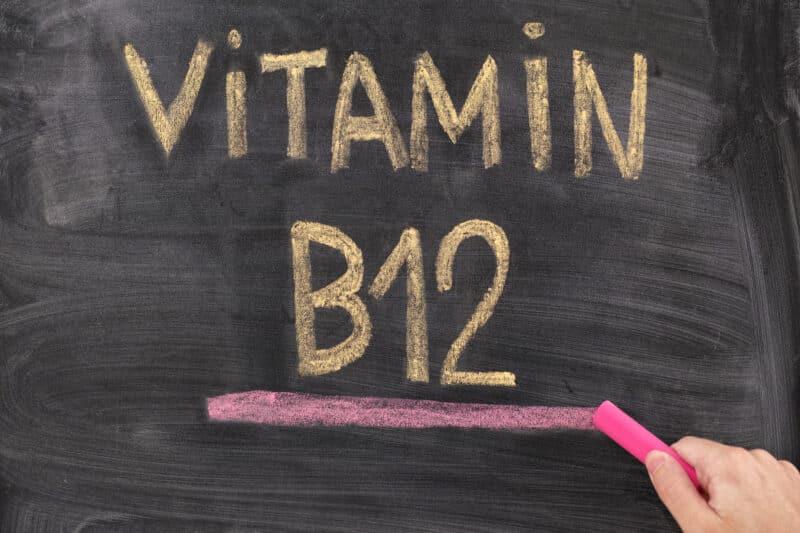
Vitamin B12 is a water-soluble vitamin found predominately in animal products such as fish, meat, poultry, eggs, milk, and other dairy products, making it difficult for those consuming a plant-based diet to obtain sufficient amounts. It is required for the normal function of the nervous and immune systems, energy production, the formation of red blood cells, the metabolism of folate, bone health, DNA synthesis, and fatty acid and amino acid metabolism. It also contributes to psychological function and a reduction in tiredness and fatigue. Together with folate and vitamin B6, vitamin B12 is required for maintenance of normal blood homocysteine levels
Vitamin B12 also aids digestive health by helping to maintain the lining of the gut and encourage a healthy balance of bacteria. It promotes healthy digestion and reduced inflammation in the gut to aid the prevention of inflammatory digestive disorders, which can reduce nutrient absorption.
How will Vitamin B12 benefit me?
In a review paper on the role of vitamin B12 in health and disease, O’Leary and Samman (11) suggest that vitamin B12 deficiency is common, mainly due to limited dietary intake of animal foods or malabsorption of the vitamin. A chronically low intake does not just have implications for our health but also our physical performance. This is demonstrated in a study Lukaski (12) which noted that low intake of vitamin B12 can reduce endurance work performance.
Combining B Vitamins: What does the science say?
Exercise can place a huge stress on the body’s ability to produce energy. For example, the rate of energy utilisation during maximal exercise, such as a sprint, can increase one-thousand-fold within seconds over that needed at rest. The metabolic pathways which provide the energy we need to fuel exercise, depend on a number of the B vitamins, which also play a role in many aspects of health and performance, such as the synthesis of new cells and the repair of damaged cells. The changes in the body’s tissues resulting from training, an increase in the loss of nutrients in sweat, urine and faeces during and after strenuous activity and the additional nutrients needed to repair and maintain higher levels of lean tissue mass for some individuals may all affect B-vitamin requirements. Consequently, the need for these vitamins may be increased in athletes and active individuals (9). Those individuals who restrict calories or limit food groups such as dairy or meat have an increased chance of deficiency.
Low levels of the B vitamins have been shown to directly affect physical performance. For example, a study by Woolf and Manore (13) noted that a poor or marginal nutritional status for B vitamins can decrease an individual’s ability to perform high intensity exercise. The authors suggest that athletes who have suboptimal diets, especially those restricting energy intakes or eliminating food groups, should consider using a supplement
What is Cream of Rice? – What is Vitamin D?

Vitamin D is a fat-soluble vitamin, which plays an essential role in many functions of the body including the regulation of phosphorus and maintaining the structure of bone and teeth, and normal immune function. It can help to reduce depression, aid weight loss and play a role in building and maintaining muscle.
Vitamin D’s role in immune function has received considerable attention recently because there are an increasing number of studies highlighting its role in the prevention and treatment of respiratory viruses, such as Covid.
It is sometimes referred to as the ‘sunshine vitamin’ because it’s produced in our skin in response to sunlight. We also obtain it from foods such as oily fish, eggs, fortified fat spreads and some fortified breakfast cereals, but it’s difficult to get enough from food alone, as few foods provide it and often only in small amounts. Consequently, low vitamin D levels are found in significant numbers of all population groups in the UK: in winter 30-40% of all age groups in the general population are classed as vitamin D deficient. Even towards the end of summer 8% of adults and 13% of adolescents remain deficient. Black, Asian and Minority Ethnic (BAME) groups are most at risk, as darker skin produces far less vitamin D than lighter skin from exposure to sunlight. Therefore, the routine use of vitamin D supplements is being recommended increasingly.
How will Vitamin D benefit me?
In addition to its vital role in maintaining our immune system and other aspects of our health, vitamin D can contribute to physical performance. A number of recent studies have highlighted vitamin D’s role in building and maintaining muscle (14,15 ,16).
This is because the exposure of skeletal muscles to vitamin D influences the genetic processes that enhance muscle cell type, function and growth. At the same time, vitamin D suppresses the expression of myostatin, a protein that regulates muscle size by inhibiting growth.
In addition, vitamin D increases the number of type II or fast twitch muscle fibres and in particular that of type IIA cells, resulting in an increase in muscular power output, while its deficiency causes type IIA cell atrophy and a loss of strength (17).
In a review of the effects of vitamin D on skeletal muscle and athletic performance, Abrahams and colleagues (16) noted vitamin D supplementation has been shown to increase muscle strength, particularly in people who are vitamin D deficient. Higher serum levels of vitamin D are associated with reduced injury rates and improved sports performance. In a subset of the population, vitamin D appears to play a role in muscle strength, injury prevention, and sports performance.
Koundourakis et al., (17) conducted a review of the muscular effects of vitamin D in young athletes, non-athletes and the elderly. The muscles are major targets of vitamin D. Exposure of skeletal muscles to vitamin D induces the expression of multiple myogenic transcription factors enhancing muscle cell proliferation and differentiation. At the same time vitamin D suppresses the expression of myostatin, a negative regulator of muscle mass. Moreover, vitamin D increases the number of type II or fast twitch muscle cells and in particular that of type IIA cells, while its deficiency causes type IIA cell atrophy. Furthermore, vitamin D supplementation in young males with low vitamin D levels increases the percentage of type IIA fibres in muscles, causing an increase in muscular power output. Vitamin D levels are strongly associated with exercise performance in athletes and physically active individuals.
The potential performance enhancing benefits of vitamin D are not limited to muscular size and strength they also extend to cardiorespiratory fitness. Marawan et al., (18) investigated the association between serum vitamin D levels and cardiorespiratory fitness in adults. The results of the study showed that each 10 nmol/L increase in serum vitamin D level was associated with a significant increase in VO2 max.
What is Cream of Rice? – Why Time 4 Cream of Rice?
To sum up, Time 4 Cream of Rice not only provides you with an easy to digest, sugar and gluten free form of carbohydrate that can help to fuel your training sessions and replenish your vital stores of glycogen, but also a range of vitamins and minerals that have been shown to benefit health and performance. In addition to these benefits, Time 4 Cream of Rice is an amazingly versatile product that you can adapt to your specific nutritional needs: it can be mixed with hot water and made into a thick and creamy rice porridge; you can add Time 4 Whey Protein or Time 4 Vegan Protein to increase protein content, nut butter to increase fat and dried fruit to increase carbohydrate levels to make a delicious and balanced breakfast. It can even be added to your protein shake, as it mixes easily in a shaker bottle. Time 4 Cream of Rice comes in a variety of flavours and original unflavoured so that you can flavour it to suit your taste.
It is important to get the right start to the day and that means getting the right breakfast, so why not start the day the Time 4 way with Time 4 Cream of Rice?
If you have enjoyed our “What is Cream of Rice” article please check out our article section here: ARTICLES
